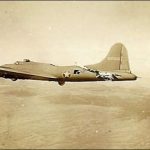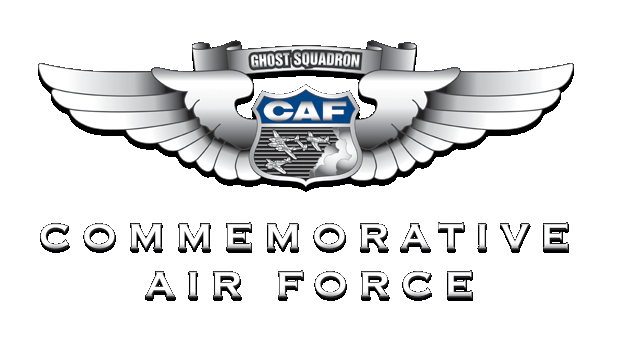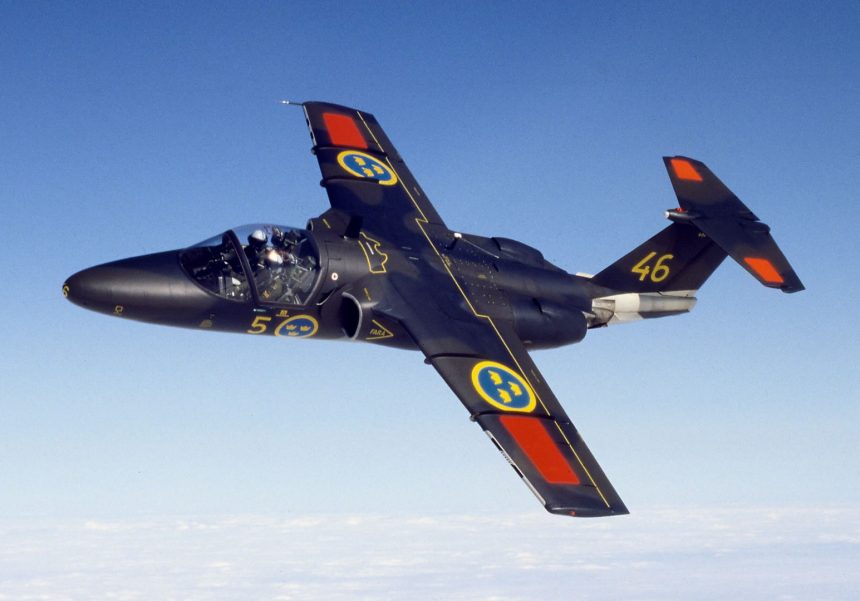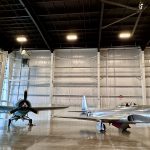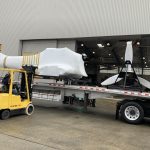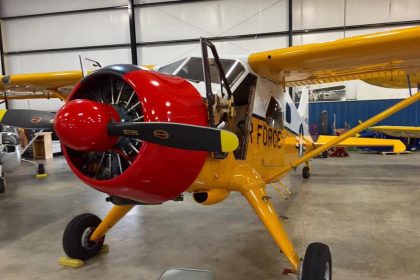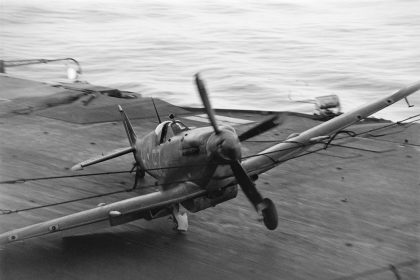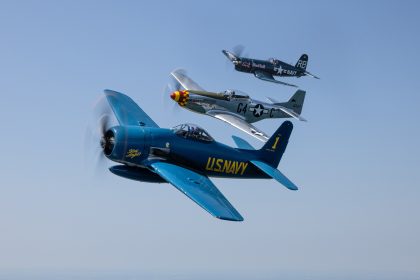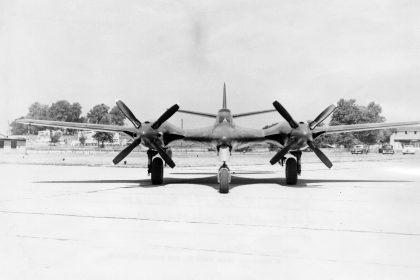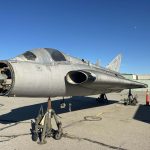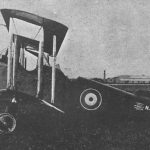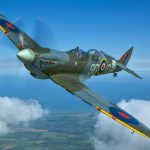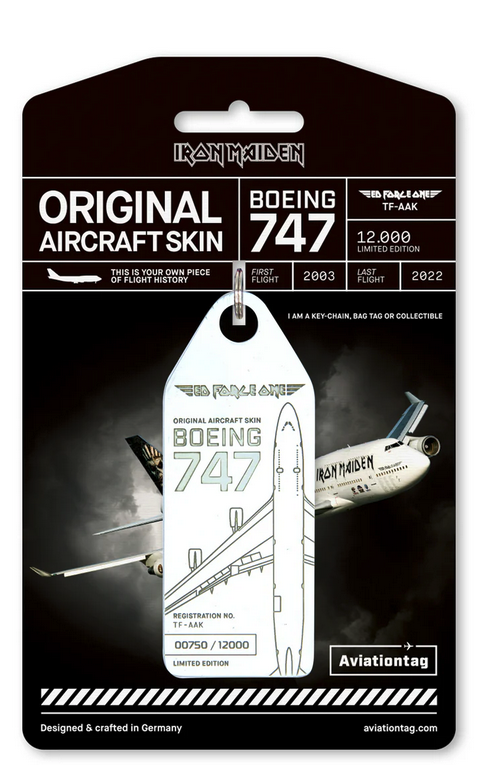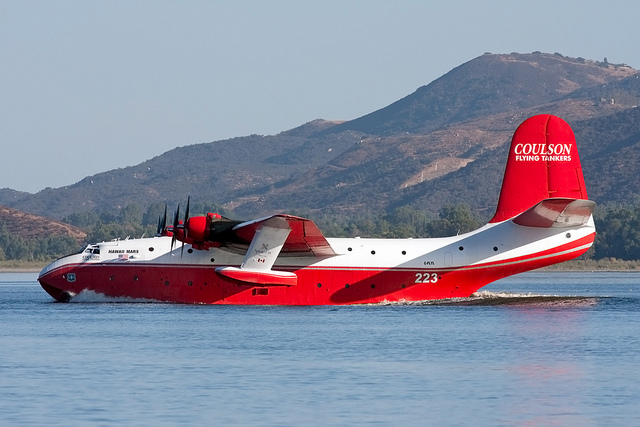
On this day in aviation history, 62 years ago—June 29, 1963—the Saab 105 took to the skies for the first time. This Swedish twin-jet aircraft was originally conceived as a jet trainer, but its design from the outset hinted at far greater versatility. With its distinctive high-wing configuration—unusual among small jets—the Saab 105 stood apart from its contemporaries. Developed independently by Saab, the aircraft was intended to demonstrate potential for both military and civilian applications, hoping to capture the interest of the Swedish Air Force.

That interest was eventually secured. The Saab 105 proved capable of fulfilling a wide array of missions beyond training, including aerial reconnaissance, light ground attack, and even limited interceptor duties. The Swedish Air Force began using the aircraft in training operations in July 1967.
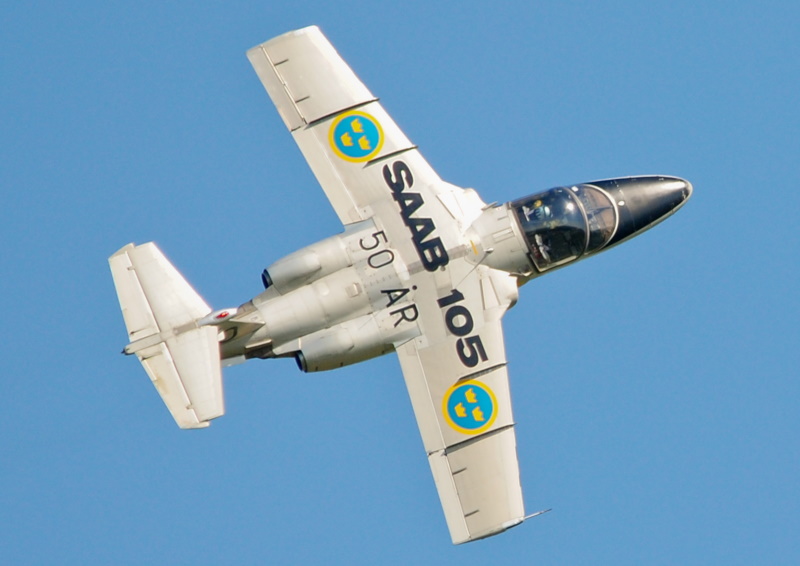
Powered by two General Electric J85-17B turbojets, each producing 2,850 pounds of thrust, the Saab 105 could reach speeds of up to 600 mph, with a service ceiling of 44,900 feet and a maximum range of 1,400 miles. Its six external hardpoints allowed for an array of armaments, including air-to-air and anti-ship missiles, gun pods, rockets, and bombs—making it a remarkably capable light combat platform.
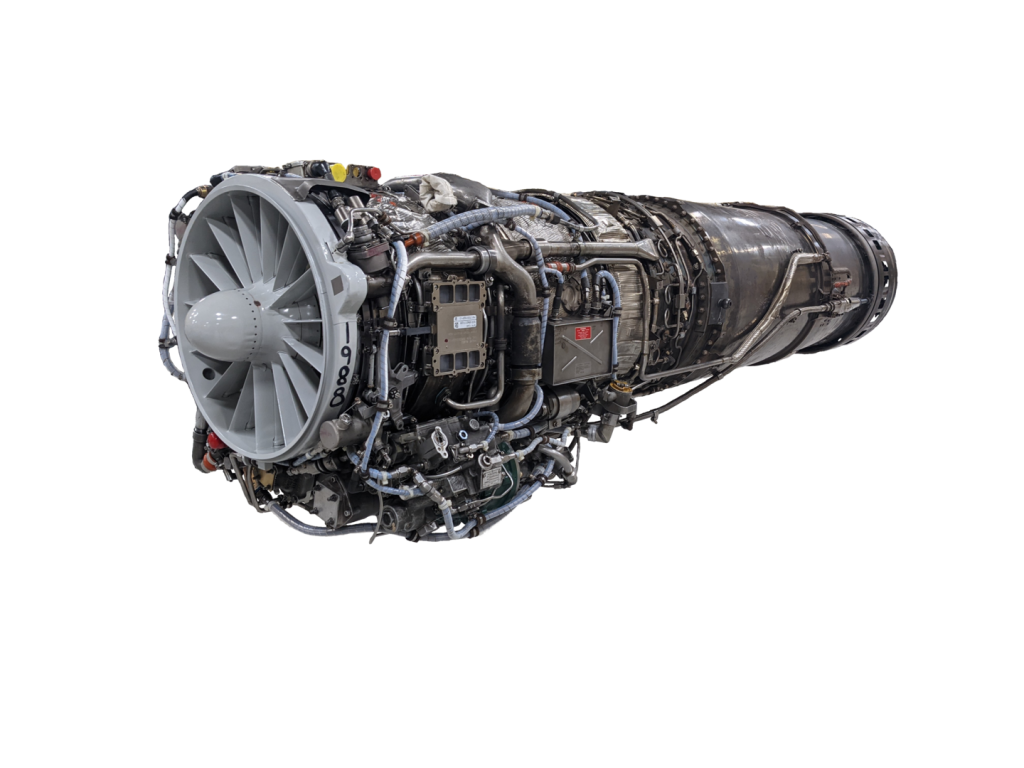
From 1963 to 1972, 192 Saab 105s were produced. Both the Swedish and Austrian Air Forces operated the aircraft, maintaining the fleet through regular upgrades and overhauls that kept the design relevant for decades. The Saab 105 remained in Austrian service until December 31, 2020, and in Swedish service until June 18, 2024.

Though not often celebrated among Cold War-era aircraft, the Saab 105 is a prime example of effective, adaptable aerospace engineering. Now officially retired, the type’s future remains uncertain—but it’s easy to imagine a few of these jets finding their way into civilian hands. Perhaps soon, we’ll see the Saab 105 making an appearance on the airshow circuit. Only time will tell.






